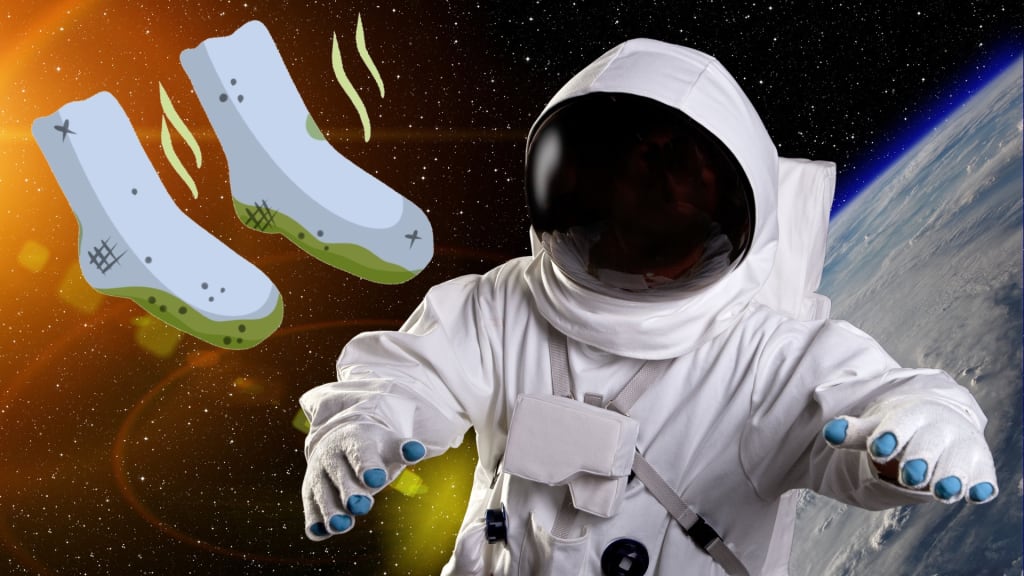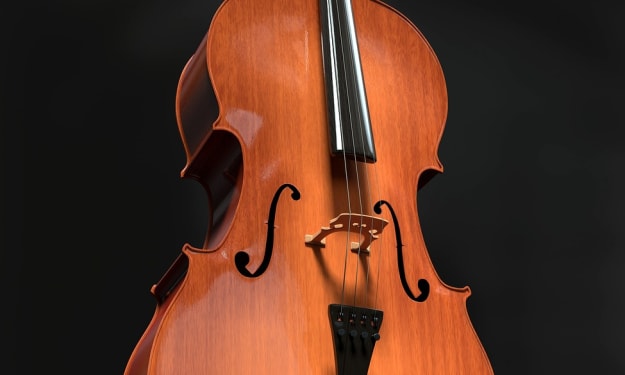Why Astronauts Do Not Wash Their Clothes
The profession of an astronaut is probably one of the most intriguing and mysterious out there but have you ever wondered about the details of their everyday life like what's going on under those bulky Space suits.

Some people believe that astronauts wear paper underwear while others are sure that the lack of gravity on space allows the grime to just float away. Unfortunately, NASA commissioned a machine for the International Space Station which was promptly scrapped due to concerns about astronauts not having access to laundry. However, luckily, fresh clothes get delivered to the station from Earth just like any other supplies. The only issue is that it happens not so often due to the high price of launching anything into space.
The thing that makes this situation a bit better is that astronauts tend to lose some of their sense of smell in space when interviewed, so it's not surprising that they dress not to impress. Their typical attire usually consists of short sleeved shirts and long cargo pants, but when they leave the climate-controlled insides of the ISS, they need special clothes. I mean those very chunky space suits, which protect astronauts from insane temperature swings range from 250° F in the sun to-250° in the shade. But even with all this protection and cooling tubes, spacewalks often cause astronauts to work up a sweat. Wearing an Eva can mean hours of hard work. And don't forget about the layers astronauts often wear: outer form fitting clothing resembling long underwear, inner form fitting clothing, and airtight suits.
To address this concern, scientists have been working on developing antimicrobial fabrics for space suits. These fabrics are designed to inhibit the growth of bacteria and other microorganisms, reducing the risk of biocontamination. One approach is to incorporate silver nanoparticles into the fabric. Silver has long been known for its antimicrobial properties, as it can disrupt the cellular processes of bacteria and prevent their growth. By embedding silver nanoparticles into the fabric, it can continuously release small amounts of silver ions, effectively killing any bacteria that come into contact with the suit.
Another approach is to use specially engineered textiles that have antimicrobial properties built into their structure. For example, researchers have developed fabrics with tiny spikes or protrusions on their surface, which can physically
before so more than a decade ago a team of experts began to research different methods of getting rid of microbes and bacteria dwelling in space suits, they cut textiles in 2in squares and put them in Petri dishes and grew a few species of fungi and bacteria on these samples some of the Fabrics they used were infused with h copper this substance has impressive antimicrobial properties when bacteria touch this element their
cell walls and membranes get destabilized the metals ions damage microbes making them more vulnerable NASA scientists also tried using textiles treated with silicone and
silver the latter turned out to be as toxic to germs on contact as copper after observing the stuff that had grown on the fabrics for the past 14 days the researchers discovered that only one compound had managed to keep bacteria and fungi at Bay it was a solution of silver molecules normally used for disinfecting Hospital dressings and other stuff but the ions of this metal turned out to be too good at their job because they got rid of everything literally and total sterility could do more harm than good we need a balanced ecosystem consisting of millions of microorganisms to keep our organs and skin healthy
in 2022 NASA hired us companies Axium space and Collins Aerospace to develop the next generation of space suits and soon a prototype suit appeared it was designed to be used during the EMIS 3 mission the main goal of this Voyage is to land a crew at the South Pole of our natural satellite these space suits are supposed to use textiles with.
reason for the white color is that it helps to regulate the temperature inside the suit. White reflects sunlight, preventing excessive heat absorption and keeping the astronaut cool.
In addition to the color, space suits are equipped with various features and technologies to ensure the safety and survival of astronauts. They have multiple layers of insulation and heavy protective fabric to shield against extreme temperatures and protect from small debris. The suits also have breathable air and drinkable water systems to provide the necessary resources for spacewalks.
During spacewalks, astronauts are tethered to the space station to prevent drifting away. However, in case of a tether failure, the EVA suit has a backup system. This system includes small jet thrusters that can be controlled from the station using a joystick, allowing the astronaut to maneuver and return to safety.
The orange Advanced Crew Escape Suit, also known as the Pumpkin suit, is worn during liftoff and landing. It is equipped with flares, medications, survival gear, a radio, and a parachute, providing essential tools for emergencies during spacecraft launches and landings.
Overall, space suits are crucial for the safety and survival of astronauts in the harsh conditions of space. They are designed to withstand extreme temperatures, protect against debris, and provide essential resources for spacewalks. The choice of color, design, and features in each type of suit is carefully considered to ensure the best possible protection and functionality for astronauts.
It's important for astronauts to have their fingers warm and functioning properly in the extreme cold temperatures of space. These gloves with heaters help maintain the dexterity and functionality of their hands during spacewalks and other activities. Stay tuned for more interesting articles!
About the Creator
Enjoyed the story? Support the Creator.
Subscribe for free to receive all their stories in your feed. You could also pledge your support or give them a one-off tip, letting them know you appreciate their work.





Comments (1)
Great work! Good job!